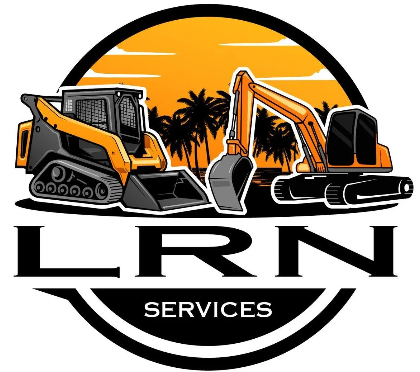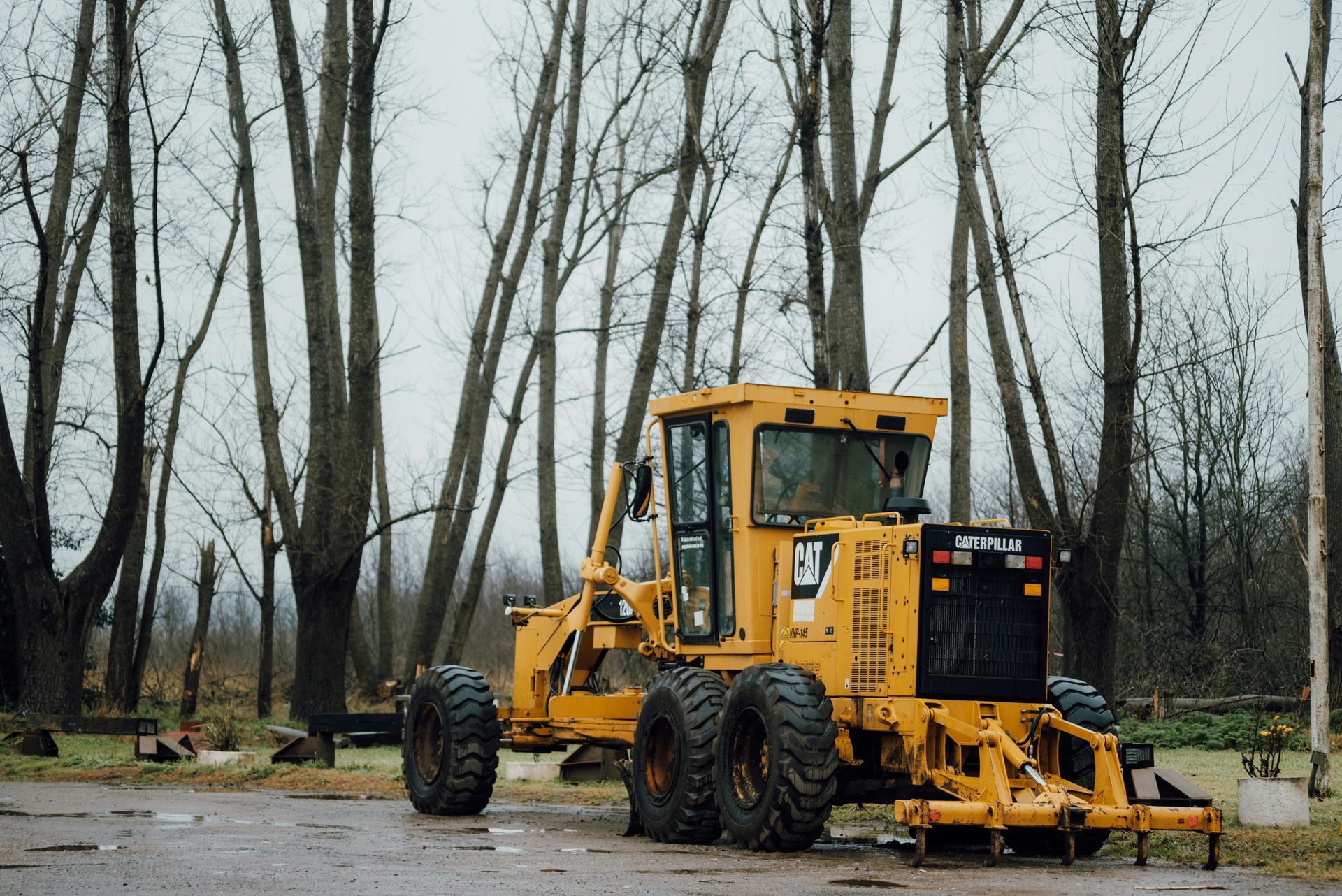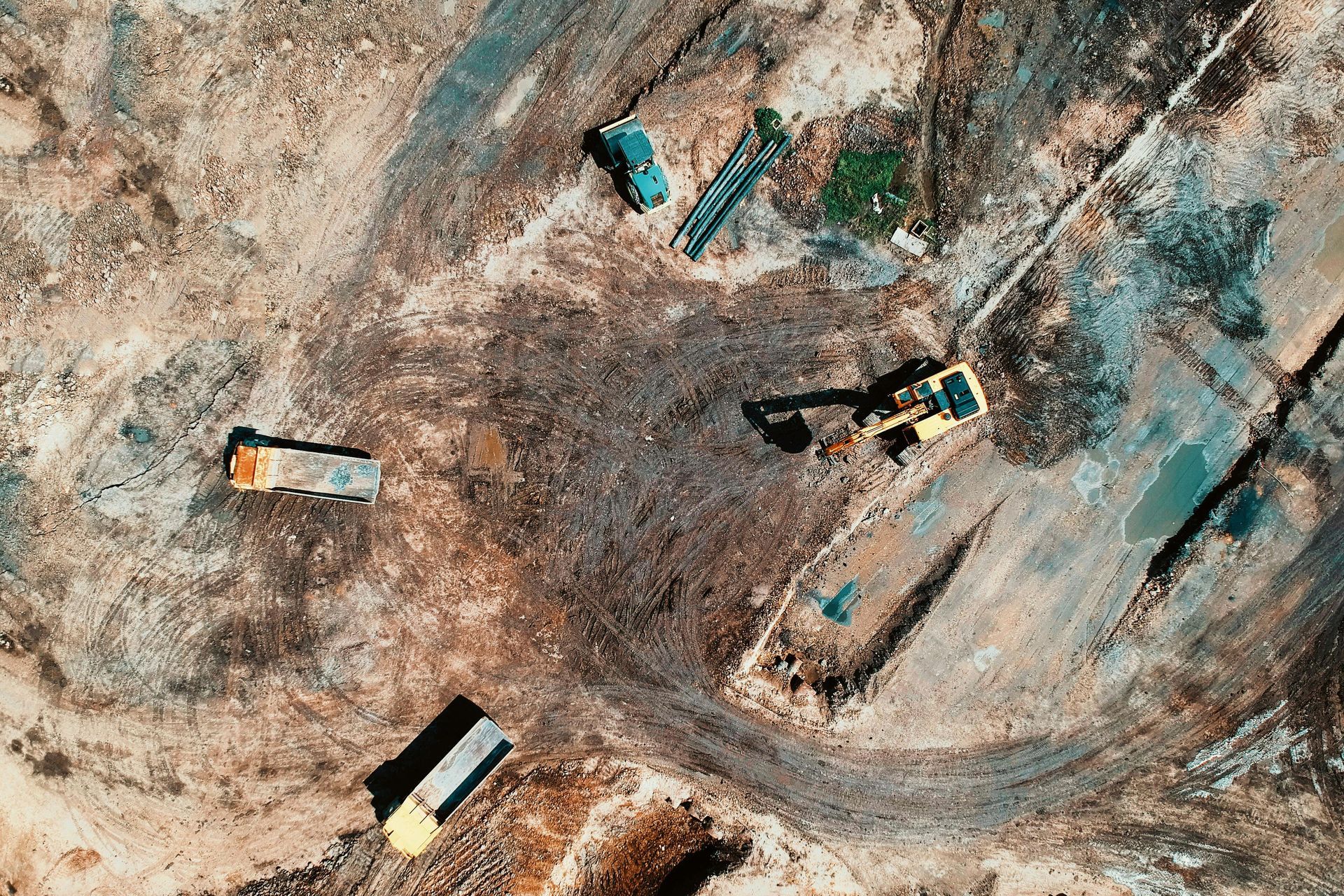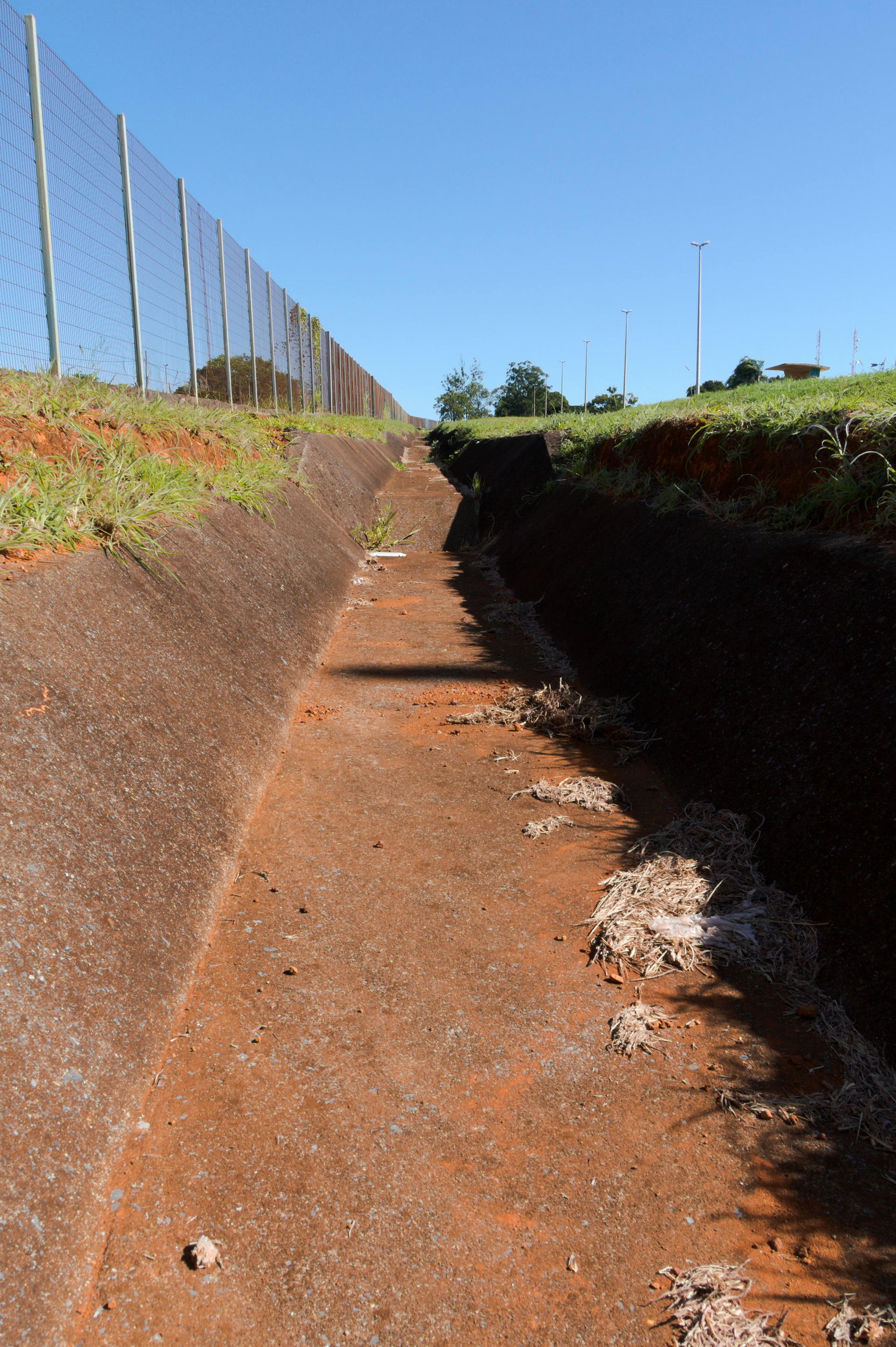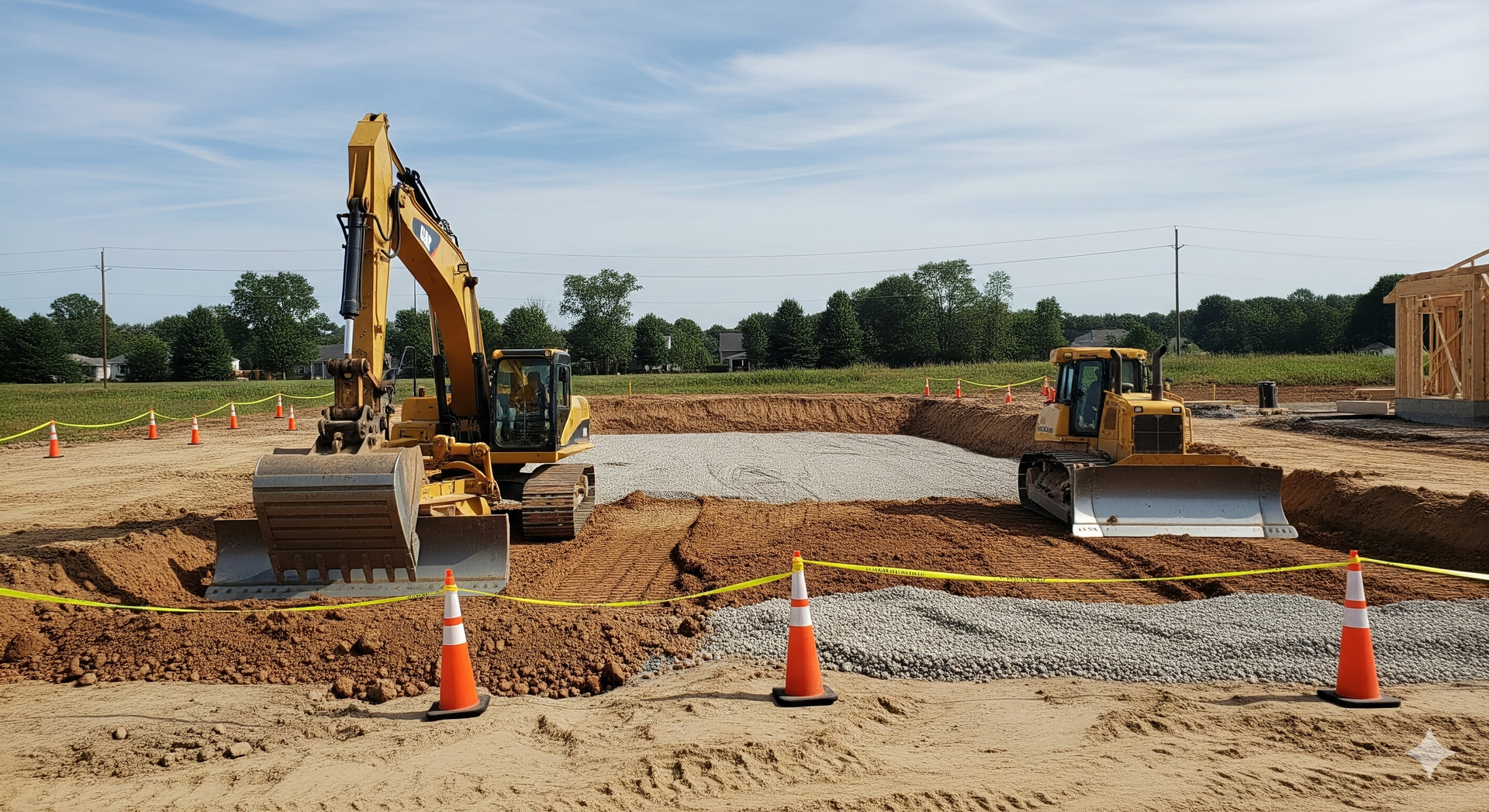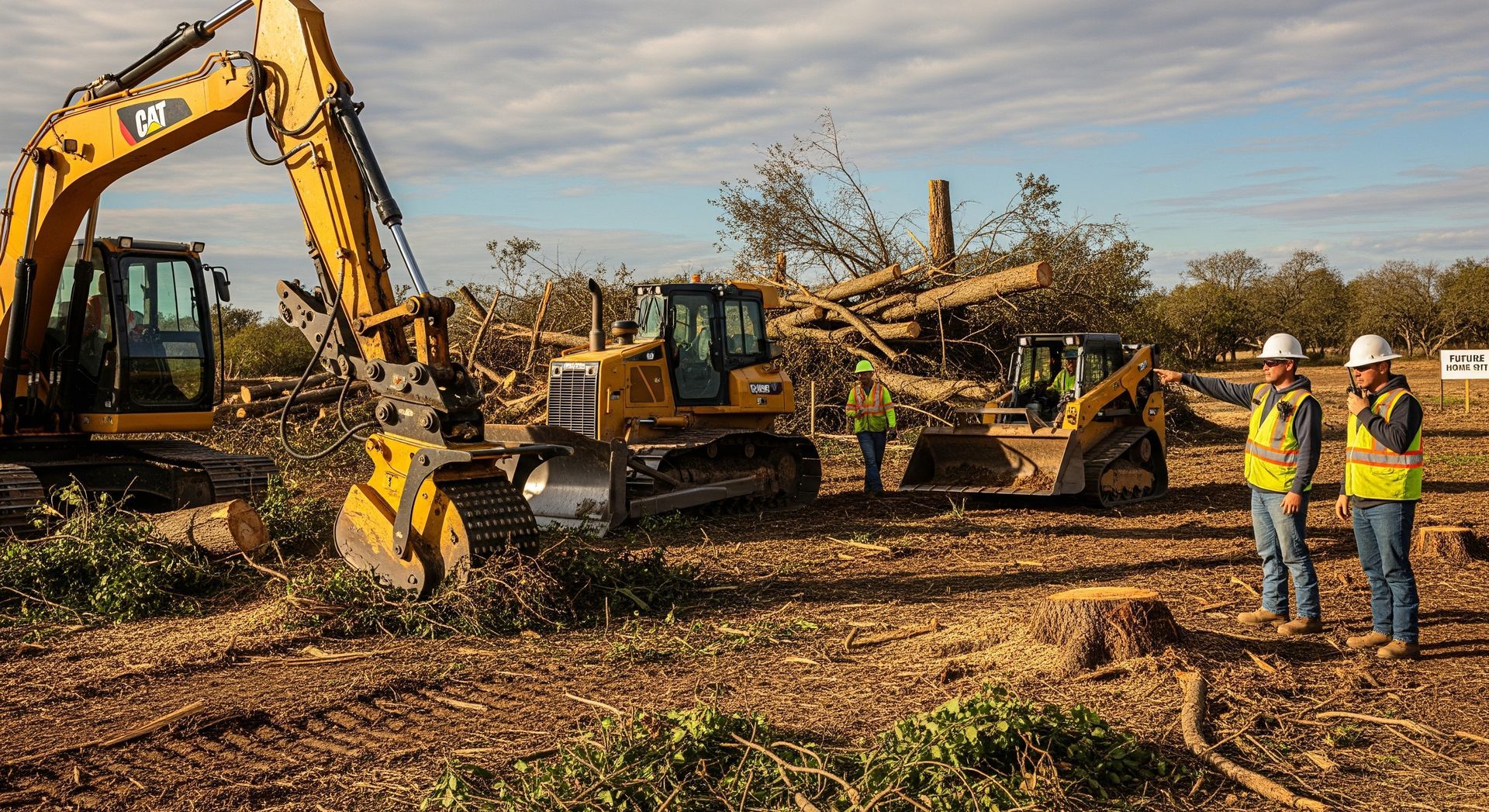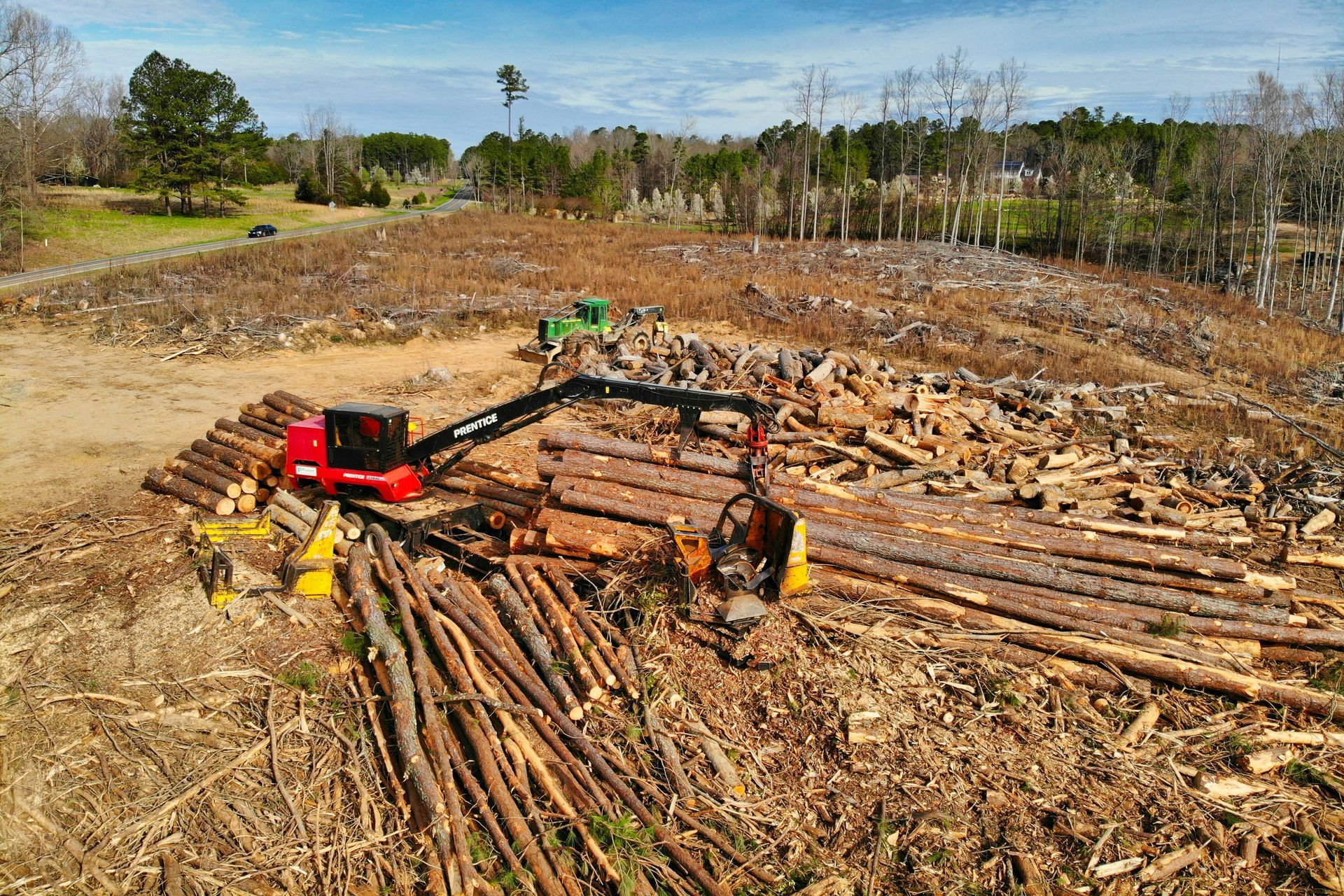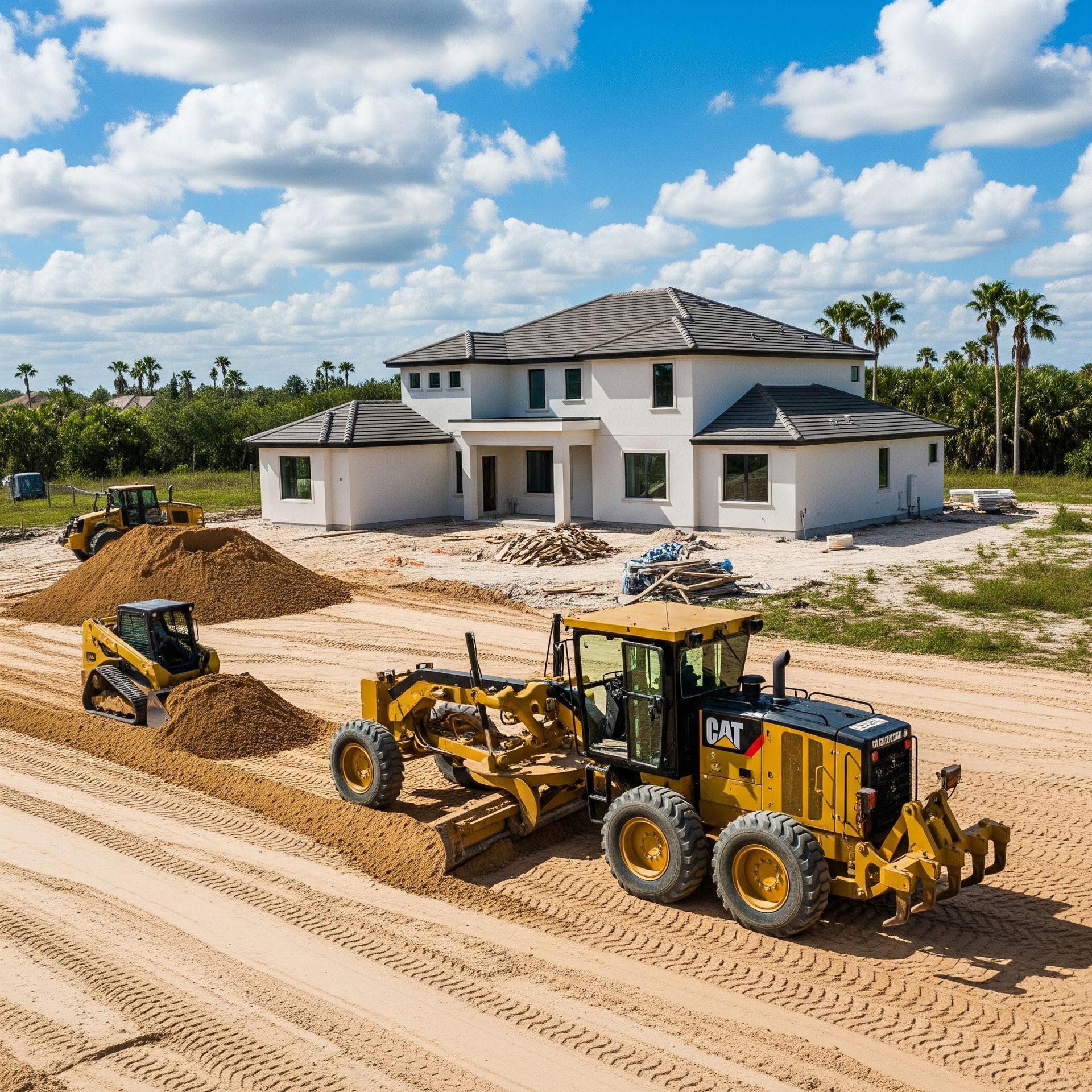Understanding the Basics of Excavation for Homeowners
Excavation might not be the most glamorous part of a home improvement project, but it's one of the most critical. Whether you're planning to install a new driveway, build a pool, add a garage, or lay the foundation for your dream home, proper excavation sets the stage for everything that follows. Getting the groundwork right ensures safety, stability, and long-term durability. If you're a homeowner looking to understand what excavation involves, why it matters, and what you should look out for, this guide breaks it down in simple, practical terms. You can also explore grading and excavation services to see what’s typically included in a professional offering, or learn more about LRN Services and our commitment to dependable sitework solutions.
Key Takeaways
- Excavation is essential for any project involving foundations, drainage, or utility installation.
- Site evaluation and soil type significantly influence how excavation is planned and executed.
- Permits and local regulations are often required before excavation can begin.
- Safety considerations are non-negotiable—professional excavation minimizes risk to people and property.
- Choosing the right contractor ensures your project starts off on solid ground (literally and figuratively).
What Is Excavation in Residential Projects?
Excavation in residential projects refers to the process of moving earth, rock, or other materials using tools, heavy equipment, or sometimes explosives to prepare land for construction or landscaping. While it might appear to be simple digging, excavation involves precise planning, engineering, and a clear understanding of how different soil types behave. Common residential projects that require excavation include laying foundations for homes or extensions, installing swimming pools, creating basements or crawl spaces, building retaining walls, and setting up drainage systems or underground utilities. In many cases, projects begin with essential services like land clearing to remove obstacles such as trees or old structures before excavation can safely proceed.
What Happens During an Excavation Project?
Site Assessment and Surveying
Before a single shovel hits the dirt, the site must be assessed. Surveyors will evaluate the property’s layout, identify any existing structures or underground utilities, and determine the soil type. This helps determine how deep and wide the excavation must go and what kind of machinery is required.
Permits and Planning
Most municipalities require permits for excavation, especially if the work affects drainage, foundations, or public utilities. It’s important to consult with your local council or building authority to understand what approvals are needed. Planning also includes marking the area to be excavated, establishing access routes for equipment, and determining where soil will be stored or transported.
Site Clearing
Trees, shrubs, old structures, and debris must be cleared from the area. This step ensures machinery can move freely and reduces the risk of damaging existing features. When demolition is necessary before excavation, services such as residential demolition may be required to prepare the site safely and efficiently.
Excavation Begins
Using heavy machinery such as excavators, bulldozers, or backhoes, the team will begin digging in line with the site plan. This stage can involve trenching for utility lines, digging for foundations or swimming pools, and grading the area to level the surface or create necessary slopes for proper drainage and structural support. Projects involving utility access or stormwater control may also include specialized trenching and culvert installation to ensure effective drainage and water flow management.
Soil Testing and Drainage Prep
In some cases, soil must be tested for stability and compaction. Poor soil can affect a building's foundation. If drainage is a concern, gravel, pipes, or sand layers may be added to promote proper water flow.
Backfilling and Compaction
Backfilling and compaction take place after key work, like laying pipes or pouring a foundation, is finished. The excavated area is refilled with soil or gravel in layers, with each layer compacted to prevent future ground shifting or settling. This ensures a stable and secure base for any structure built on top.
Why Soil Type Matters in Excavation
Not all soil is created equal, and the type of soil on your property plays a major role in how excavation is carried out and what precautions are needed. Clay soil is dense and sticky, holding water easily, which can cause instability or shifting foundations. Sandy soil drains well but may lack the strength to support structures without reinforcement. Loam, a balanced mix of sand, silt, and clay, is generally ideal for most construction projects due to its stability and drainage properties. Rocky soil, on the other hand, can be challenging to excavate and often requires specialized equipment or even blasting to remove.
Common Challenges in Residential Excavation
Excavation isn't always straightforward. Homeowners should be aware of these common obstacles:
Underground Utilities - Electric, water, gas, or internet lines can be buried under your yard. Damaging them can be dangerous and costly. Always have a utility locator service mark these lines before digging.
Erosion and Drainage - Improper excavation can cause water to pool around your home, leading to erosion or flooding. Professional excavation ensures your property slopes away from the house.
Access Restrictions - Tight spaces or nearby structures can limit access for large equipment. In such cases, mini-excavators or hand tools may be needed, which can affect timelines and cost.
Tree Roots and Landscaping - Trees and shrubs may have deep or widespread root systems that complicate digging. If preserving your landscaping is a priority, careful planning is needed.
Safety Considerations Every Homeowner Should Know
Excavation is inherently dangerous, even when the work appears minor. Shallow trenches can collapse without warning, and the use of heavy machinery introduces serious risks. To maintain safety on-site, professional excavators use methods such as shoring or sloping trenches to prevent cave-ins, assigning spotters to guide equipment operators, setting up barricades and signage to keep pedestrians or children out of hazardous areas, and conducting regular inspections to check the structural integrity of trenches. While DIY excavation might seem like a cost-saving option for small tasks, it often comes with hidden dangers. Hiring trained professionals is the safest way to protect both your property and everyone involved.
Cost Factors in Residential Excavation
The cost of excavation can vary widely depending on several key factors. Larger and deeper projects naturally require more time, labour, and heavy machinery, which increases expenses. Soil and terrain also play a role—rocky or clay-heavy ground is more difficult to work with and demands extra effort. Access to the site matters too; tight or uneven areas can limit equipment use and slow progress.
Additionally, the disposal of excavated material can add to the cost, especially if local regulations require it to be transported to specific facilities. Permit fees and inspections are another consideration that can impact the overall budget. It’s always wise to request a detailed quote before starting any excavation work. For projects that involve surface preparation afterward, like creating driveways or parking pads, gravel driveway repairs, and asphalt millings driveway installation can be an effective follow-up solution to stabilize the site and improve accessibility.
Tips for Homeowners Planning an Excavation Project
Site survey: Before any excavation begins, have your property professionally surveyed. This confirms your property boundaries, prevents encroachment, and helps guide accurate planning.
Utility marking: Always contact your local utility location service before digging. This ensures all underground lines—such as gas, water, or electrical—are marked to avoid dangerous and costly accidents.
Weather considerations: Plan your project around the weather. Rain, snow, or frozen ground can delay excavation work and affect soil stability, so aim for dry, moderate conditions whenever possible.
Timeline flexibility: Be prepared for unexpected discoveries like old pipes, septic tanks, or buried debris. These can alter your project plan, so it’s smart to include extra time and budget just in case.
Project documentation: Keep detailed records of everything—from permits and approvals to before-and-after photos of the site. Proper documentation helps with inspections, warranties, and future maintenance.
Frequently Asked Questions
Can I do excavation work myself?
Small digging jobs like garden beds or fence posts can be DIYed, but anything involving foundations, utilities, or significant grading should be left to professionals. Safety and compliance with local regulations are major concerns.
How long does a typical excavation take?
That depends on the project size and soil conditions. A simple trench may take a few hours, while foundation excavation for a home can take several days. Weather and permit delays can also extend the timeline.
Do I need a permit for excavation on my property?
In most cases, yes. Local councils or municipalities often require permits for excavation, especially when it involves structural foundations, drainage systems, or utility connections.
What happens if I hit a utility line during excavation?
Hitting a gas, electric, or water line is dangerous and could result in fines, repair costs, or serious injury. That’s why it’s critical to have utilities marked before digging. If an accident occurs, stop work immediately and contact emergency services.
Will excavation damage my yard or landscaping?
Some disruption is inevitable, especially in tight spaces. A good excavation team will take precautions to minimise damage and can help with site restoration afterward, including regrading and soil replacement.
Final Thoughts
Excavation is the backbone of many residential construction and landscaping projects. While it might not be as visible as the finishing touches on a home, it’s where long-term success begins. From drainage and soil stability to proper permitting and safety, there’s a lot to consider before digging in. For homeowners, understanding the basics can help avoid costly mistakes, delays, and hazards.
If you’re planning a project that requires excavation and want it done safely, efficiently, and to the highest standards, take a look at the
portfolio gallery from LRN Services. Our experienced team brings the right equipment and know-how to every job, ensuring your project gets off to a strong start.
Contact us today to learn more or request a quote for your next excavation project.
